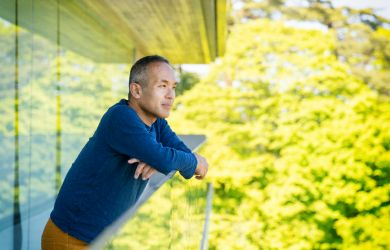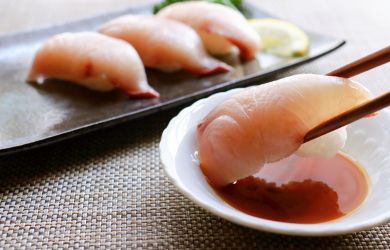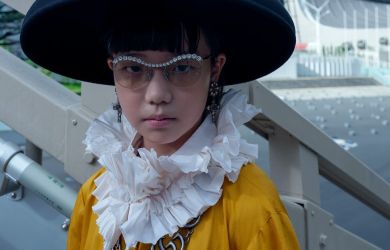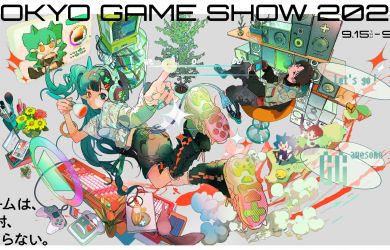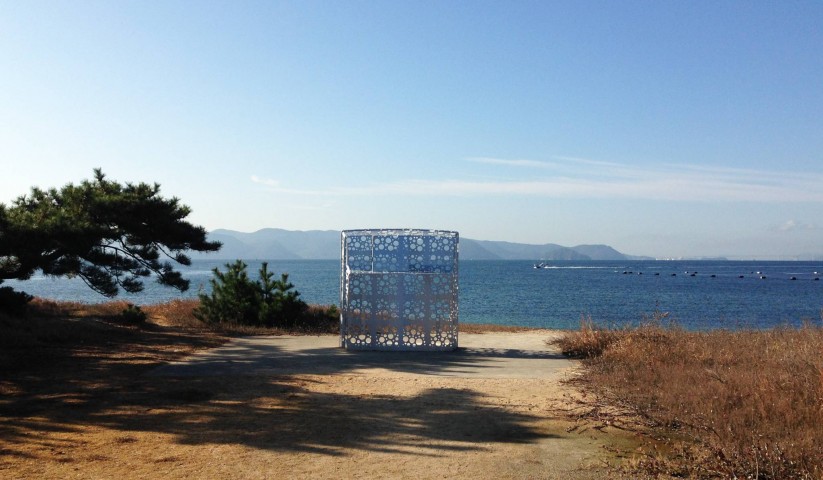
Don’t think you can simply plunge into the surreal world of remote “art island” Naoshima. You have to ease in during a ferry ride across the placid Seto Inland Sea in Kagawa. Forget Tokyo, forget work. A giant red pumpkin covered in black polka dots will greet you at Miyanoura Port on Naoshima.
It sounds like a dream, and it almost was. Thirty years ago, Naoshima was a dying fishing community with a withering population. An agreement between then-mayor of Naoshima and Benesse Holdings, a publishing and education conglomerate that also happens to lay claim to a powerhouse art collection, transformed the island into an unlikely international art hub. Several architecturally stunning museums (all designed by architecture titan Tadao Ando) host works by an impressive lineup of renowned Japanese and international artists, and a museum-worthy array of outdoor installations are sprinkled across the island.
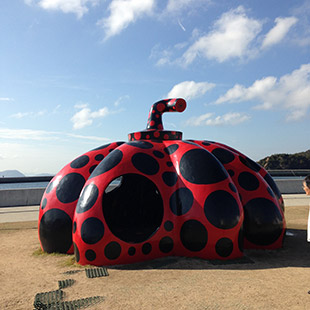
Naoshima has become something of a mecca for art lovers, and it attracts all sorts of pilgrims. You don’t have to be an art devotee or high roller. You can shell out for the world class museums, or spend a day exploring outdoor installations without cracking your wallet. You can stay in a Benesse-owned museum-hotel with original artworks in every room and wander through the museum after hours, or you can crash at a hostel. Either way you choose to experience Naoshima, you will swirl away into the universe of the art island, starting with the moment you step off the ferry and see that giant pumpkin. And it will feel more than a bit like a dream.
Ease in by wandering through the Art House Project, which spans seven buildings scattered throughout the Honmura district. Artists have transformed empty houses into immersive works of art that you can stumble into while winding through quiet streets. If you can’t hit all seven, bump Minamidera to the top of your list. Inside an Ando building, James Turrell’s “Backside of the Moon” plays with sense and perception of light. Don’t rush; the process of weaving through the village and seeing how the island has transformed is part of the project.
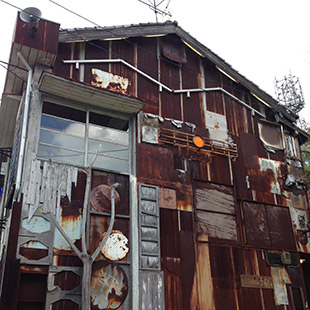
Next, make your way to the museum-hotel hybrid Benesse House Museum (¥1,030) for an intimate and secluded glimpse of Warhol, Basquiat, and Twombly. Lie down on the smooth white rocks in Kan Yasuda’s semi-outdoor piece “The Secret of the Sky.” Stay for a while and watch the sky change, framed by the building. The neighboring Lee Ufan Museum (¥1,030) is the sleeper pick. It’s a small, quiet museum, but stand in front of the artworks for several minutes and they become shockingly dynamic. Force yourself to stay still in the Meditation Room for at least five minutes. Likely, you’ll stay longer.
If you can’t splurge on a museum room at Benesse House, make your way back to Miyanoura Port and stay at a hostel or guesthouse. Shuttle busses hit the major sights, but go by foot or rental bike if you’re up for it—it’s better for bumping into the outdoor installations. Some are obvious, such as Yayoi Kusama’s iconic yellow pumpkin at the lonely end of a pier (the red pumpkin is hers, too). But others integrate so fluidly into the surroundings that they’re easy to miss. Keep a sharp eye and look up, down, and around. (Plus, the immaculate views of the Seto Inland Sea don’t cost a thing). Back in Miyanoura, cap your night by soaking in art onsen Naoshima Bath “I♥︎湯” (¥510) and let yourself float away into the dreamlike world that the funky architecture and decorations inspires.
The next morning, head straight to Chichu Art Museum (¥2,060). If you must choose only one museum, make it Chichu. The museum is a stunning fusion of art, nature, and architecture (designed by—you guessed it—Tadao Ando). Built mostly underground in order to preserve the landscape, the museum is lit primarily by natural light. Only three grand-scale pieces live inside Chichu, but they are powerful forces created by art giants Walter De Maria, James Turrell, and Claude Monet. Admire the stillness in the echoing chamber of the larger than life De Maria work. Feel your way through Turrell’s transportive “Open Sky,” and emerge stunned. Save the Monet room for the grand finale. Step inside, spin around, and absorb the natural sun that spills through the roof and alters the masterpieces every minute. You’ll stumble out of the subterranean museum dizzied, blinking, and buzzing.
On the ferry back to the real world, watch the red and black pumpkin fade away as your mind switches gears. Remember Tokyo, remember work. But promise yourself that you’ll be back to Naoshima. Otherwise, you might think it was all a dream.
ACCESS:
-Located in Kagawa Prefecture.
-Shinkansen to Okayama (about 3.5hrs from Tokyo)
-Airplane to Okayama or Takamatsu (about 1hr 20min from Tokyo)
-Ferry from Uno Port in Okayama or Port of Takamatsu in Kagawa. (Schedule changes during certain times of year).
